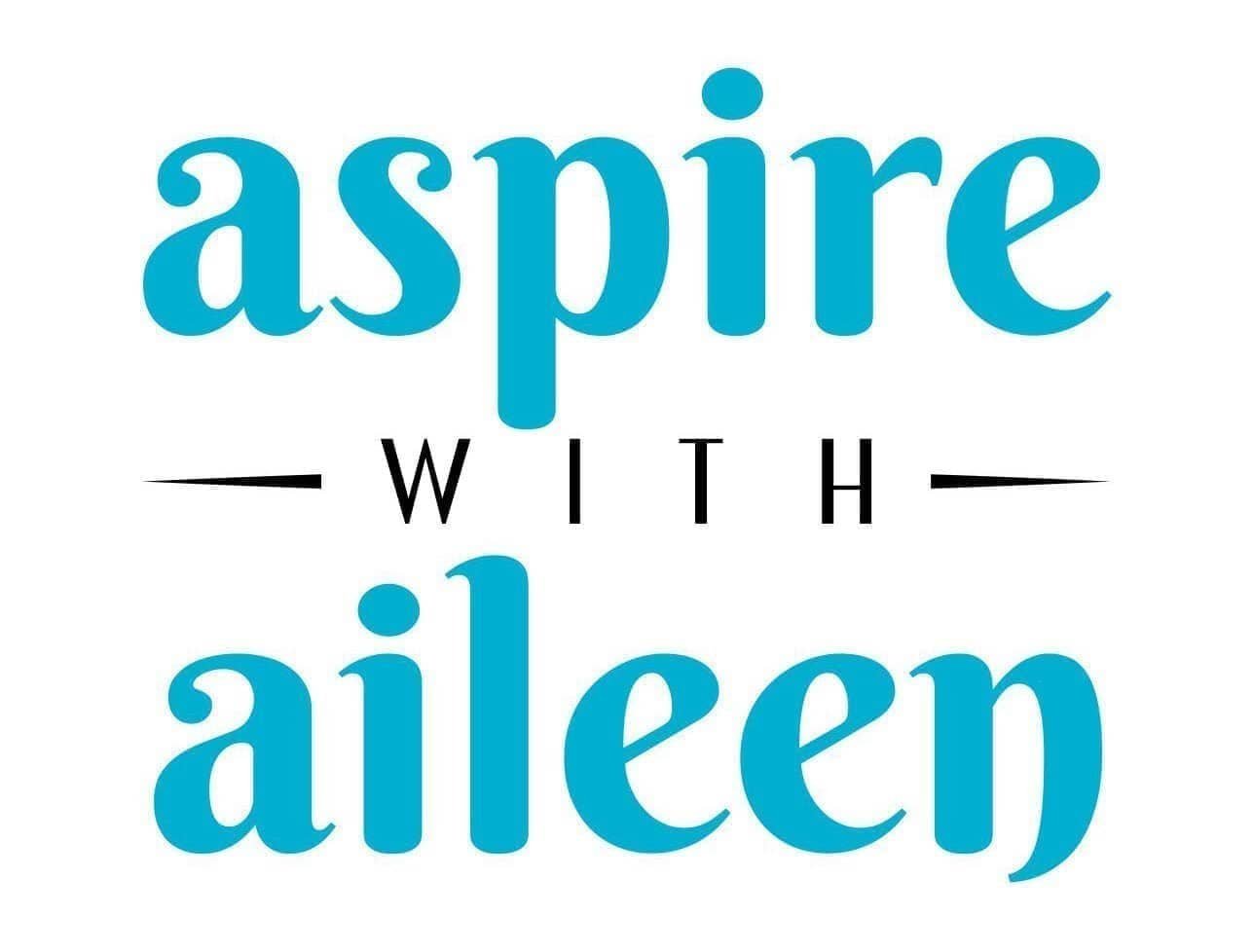If you work in HR or are on the wellness committee at your organization, how do you approach planning your wellness offerings?
After partnering with a wide range of players in this space, from startups with small budgets to global companies with more resources at their fingertips, I’ve found the following best practices help employees feel seen and supported by these programs:
1) Poll your people!
It may sound obvious, but a lot of times this doesn’t happen due to time/resource constraints. Even if you can’t collate info from a huge group, ensuring the opinions are heard from a few disparate teams can make a huge difference.
Aside from more formalized polling, utilizing mindful listening during all times of the year (vs. just during the planning period) can help flesh out some recurring themes of what employees are struggling with and where they could use more support.
2) Anticipate challenging times
Of course, we can never anticipate everything. But, if there is a period with greater challenges coming (examples: an annual “busy” season, a major organizational change) and offer programs beforehand to help employees move into that time feeling more refreshed vs already fried.
Not possible? Providing wellness tools after the fact and honoring the struggle of that specific season can increase engagement. Sessions offered when employees are “in it” may have less participation.
3) Accomodate time zones and learning styles
Offer the same program multiple times to enable multiple time zones to be accommodated. This simple strategy is powerful – honoring the times that work for teams in other countries can help them feel valued.
Bonus- these tend to create smaller groups in each session, which lends itself to greater participation because the group feels more intimate.
Not a global company? Noting the needs of different learning styles in this same way can have the same impact (more breakout rooms if there are more introverts in the session, for example).
4) Take a holistic approach
Of course this all depends on your budget, but if possible, looking at well-being from a holistic and whole-person centered approach tends to help more employees feel catered to in the offerings. In the book Burnout by Amelia and Emily Nagoski, they say “wellness is a state of action” and I adore this mindset.
Since there is no single answer to a healthier mind and body, consider thinking about all of the different pillars of health and creating programs to support each – mental, physical, emotional, financial, spiritual. Some people may have their movement down and not want any step challenges or office yoga, while others may benefit from those nudges to be more physically active.
One company I’ve partnered with for 5 years now breaks each quarter into a wellness theme and then creates programming that aligns with those themes. We typically meet each January and based on those, I create workshops/events that touch on the topics they’ve deemed most pressing for their people.
5) Quality over quantity
Short can be sweet – while there is power in longer programming, attention spans have dwindled in the last few years. Consider breaking a big topic down into micro-sessions to allow for easier scheduling and digestion of information.
Seasoned planning professionals, what have I left out?
If you’re an employee participating in wellness workshops, what is something your employer does that makes you feel supported?
As always, I’m here for complimentary consultations if you’d like to discuss your employee wellness needs. Happy planning!


